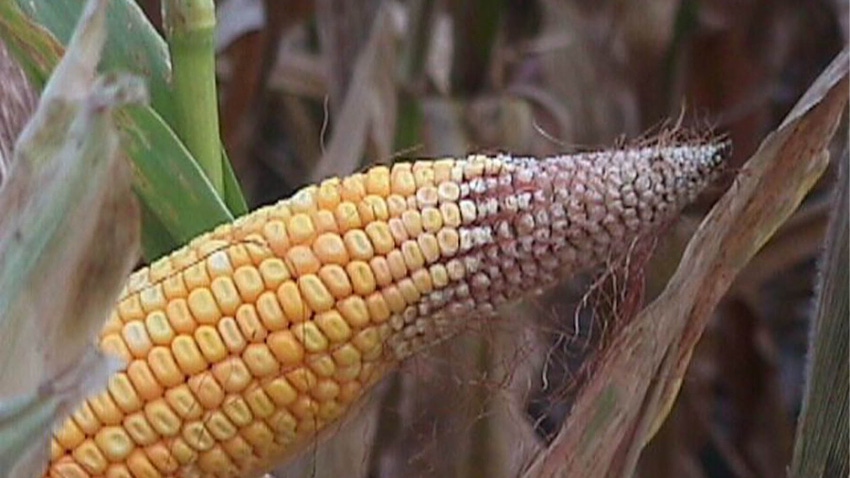August 14, 2023

Source: Corteva Agriscience
During the dog days of summer, when corn is pollinating and temperatures exceed 90 degrees, heat stress can impact yield potential. Heat, combined with dry conditions during this critical time, can cause plant stress during pollination and reduce the number of kernels a plant can set. Even if stress is temporary and the plant recovers, yields can suffer.
Corn plants are most sensitive to heat and drought stress two weeks before silking until two weeks after silking. Heat stress can reduce yield by inhibiting successful pollination and reducing net photosynthesis. Both of these mechanisms can increase the chance of kernel abortion and reduce the number of kernels on the ear.
“Corn is a domesticated crop that came to us from Central America,” said Carl Joern, Pioneer Field Agronomist. “It can handle the heat a lot better than you or I can. It can even handle up to 110 degrees without many problems. However, the biggest thing to note is the duration of the high heat.”
Prolonged exposure to temperatures above 90 degrees has been shown to dramatically reduce pollen germination (Herrero and Johnson, 1980). Temperatures above 95 degrees depresses pollen production and can desiccate exposed silks, especially when accompanied by low relative humidity (Hoegemeyer, 2011). Temperatures above 100 degrees can kill pollen (Nielsen, 2020).
“The longer a heat wave endures, the greater impact it has on the corn crop,” said Joern.
Higher temperatures cause the transpiration rate of plants to increase, placing a greater demand on soil water supply and potentially accelerating the onset of drought stress. Field research and crop modeling studies indicate that a greater yield impact likely comes through the interaction of heat and water stress. Damage caused by extreme heat and drought can be partially mitigated by irrigation, but not eliminated.
You May Also Like




